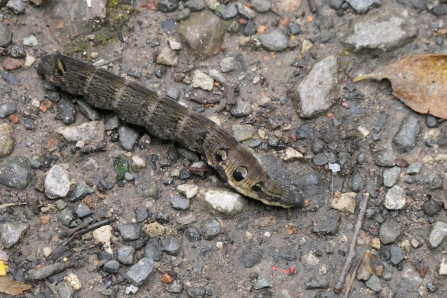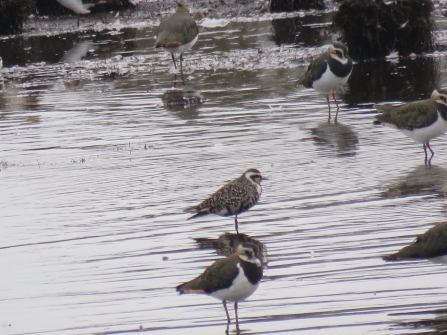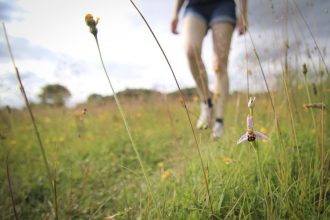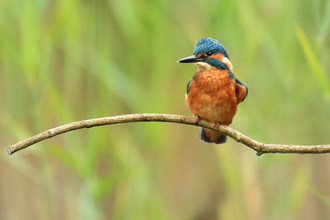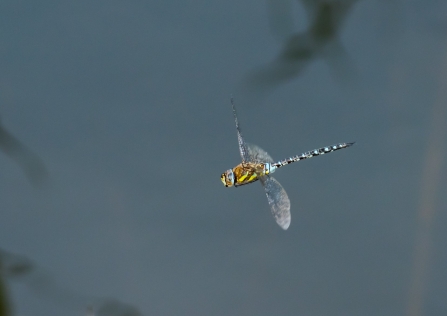
Migrant hawker at Brockholes by Sam Lee
Brockholes Nature Reserve
It was lovely to still see plenty of butterflies and dragonflies on the wing at Brockholes in September. Small white, common blue and speckled wood butterflies flitted between flowers while migrant hawker, southern hawker and common darter dragonflies rested beside the pools (and did their best to avoid the talons of hungry hobbies!). Goldcrests flitted along the hawthorn tunnel and a very obliging kingfisher showed off close to Kestrel Kitchen on Meadow Lake.
We were over the moon to have a juvenile wood sandpiper show up on Meadow Lake, but that wasn’t the only excitement we had last month: we had our earliest recorded Brockholes bittern! The previous record was 27 October.
As usual, Boilton Wood is proving fantastic for fungi, with a plethora of puffballs, earthballs, turkeytail, dead man’s fingers and many more mushrooms popping up on trees and the forest floor.
Upper Coldwell Reservoir
September meant it was time for our annual grass-of-Parnassus count at Upper Coldwell Reservoir in Nelson. The wet weather didn’t dampen our spirits, especially when we counted more than 1,000 of these scarce plants – that’s more than double last year’s count!
While we were there we also spotted common frogs, heard plenty of meadow pipits peeping overhead, and were glad to see some splashes of colour on a grey day in the form of devil’s-bit scabious and harebells.


